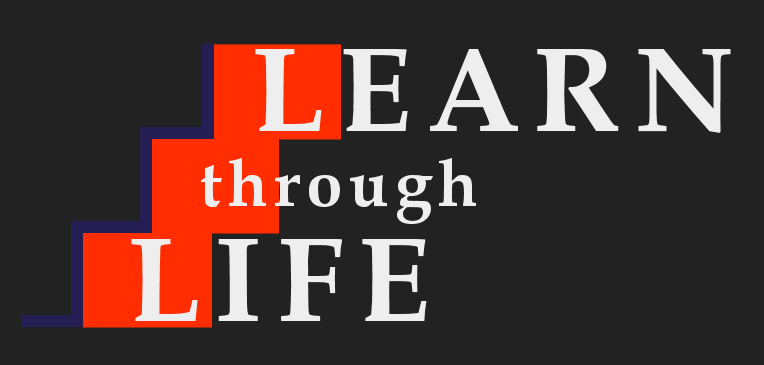What is the American Dream? Is it to be rich? Perhaps for some people. Or is it to be very successful, such as to be a CEO of a company? It could be that for some people. Lastly, perhaps, it is to be famous, like as a musician or an artist. This may also be the dream of some people. The fact is that the American Dream can be different for each person. And it really means that people want to be the best person that they can be with their particular skills and interests.
But, do we have an educational system that matches this desire? I don’t believe that we do, but we could. It’s called Personalized Learning. According to the article “What is Genuine Personalized Learning?” within Tech Learning Magazine,
Personalized learning refers to a diverse variety of educational programs, learning experiences, instructional approaches, and academic-support strategies that are intended to address the distinct learning needs, interests, aspirations, or cultural backgrounds of individual students.
According to the United States National Educational Technology plan of 2017,
Personalized learning refers to instruction in which the pace of learning and the instructional contents (and its sequencing) may all vary based on learner needs. Learning activities are meaningful and relevant to learners, driven by their interests, and often self-initiated.
First let us consider how standard academic “performance” can be improved through personalized learning. Right now we have a “one-size-fits-all” education system. Every student is expected to achieve at the same level and at the same rate of progression. Students take mostly the same classes and then try their best in all of them. Personalized learning would take a different approach. Every student would determine what academic knowledge and skills are most important to them.
There should be opportunities in the final two years of high school to direct learning in a more personalized fashion. Luckily, there are apps for that. Tutorials are a perfect way for students to learn material at a more personalized pace. They allow for more practice and can be used to “master” or “overlearn” important academic skills that are the building books for more difficult content. Students should be allowed to use tutorials when they are having a difficult time keeping up, and it is preventing them from achieving in the way they want to achieve.
There are also apps for quicker and in-depth learning, such as on-line courses that allow for more learning in areas not provided within the typical high school. Students can also work on group projects with others who share their interests and ability in specific subject matter.
Another way that personalized learning can benefit students is by allowing them to explore or experience areas just to get a “feel” for them. Personalized learning can allow students to try different content areas out for size. This can be done by including a separate area on a grade sheet to list other learning than the traditional letter grades of standard courses. Students can try apps, courses, games, simulations, etc. just to see how they like them and just get credit for completion.
Experience is the best way to determine if you like something. Apps, such as games and simulations, allow you to actually partake in the skills of a profession by doing them. Beside technology apps, personalized learning can provide opportunities for internships or community service that can truly allow students to experience learning in real-world situations.
Personalized learning, or a customized educational opportunity for each student, may seem like a pipe dream to some, but It can be done. Maybe not so much in the lower grades. But in the higher grades, especially in the final 2 years of high school, it could be done. Let students have a personalized path to learning and they can truly find ways to achieve their own American Dream.

